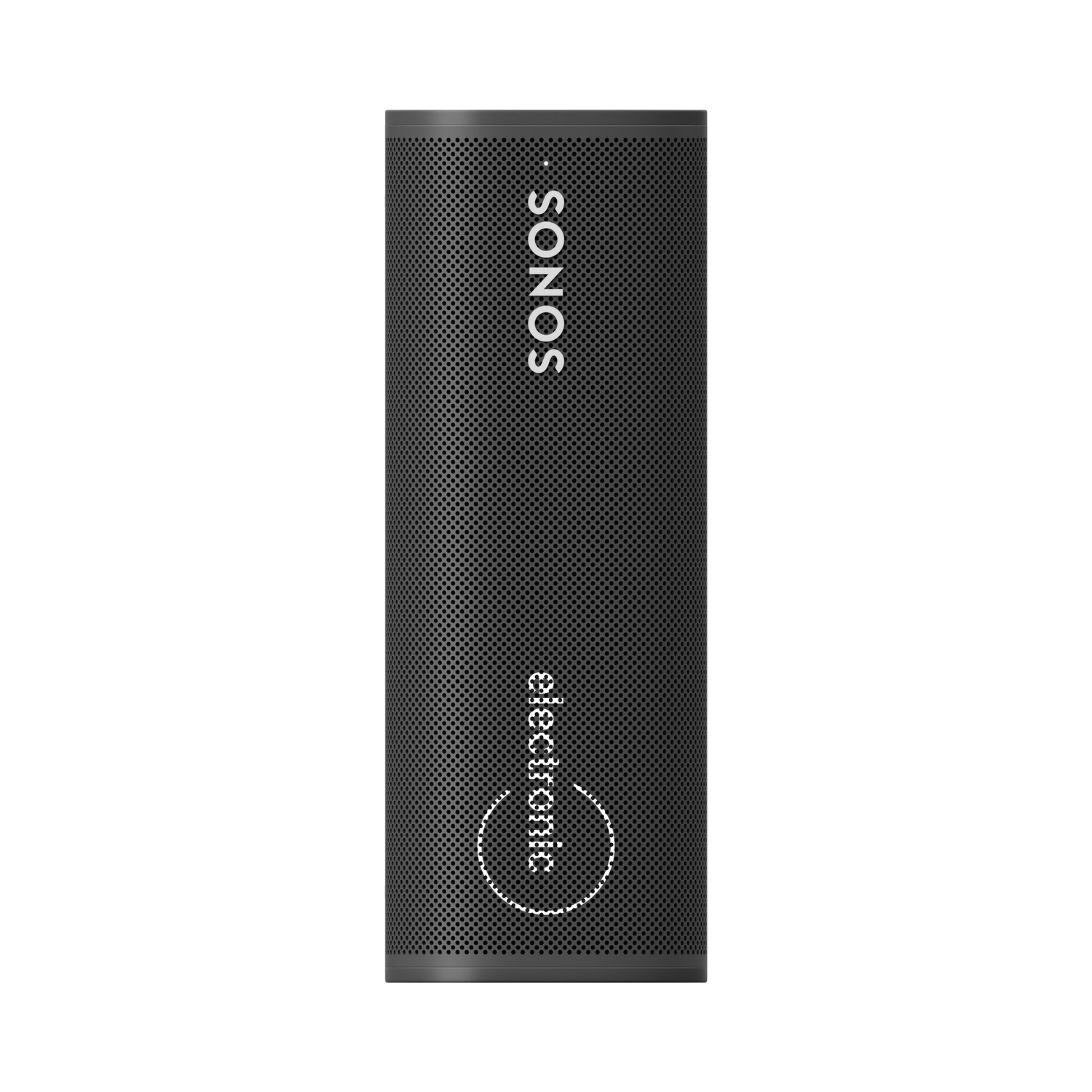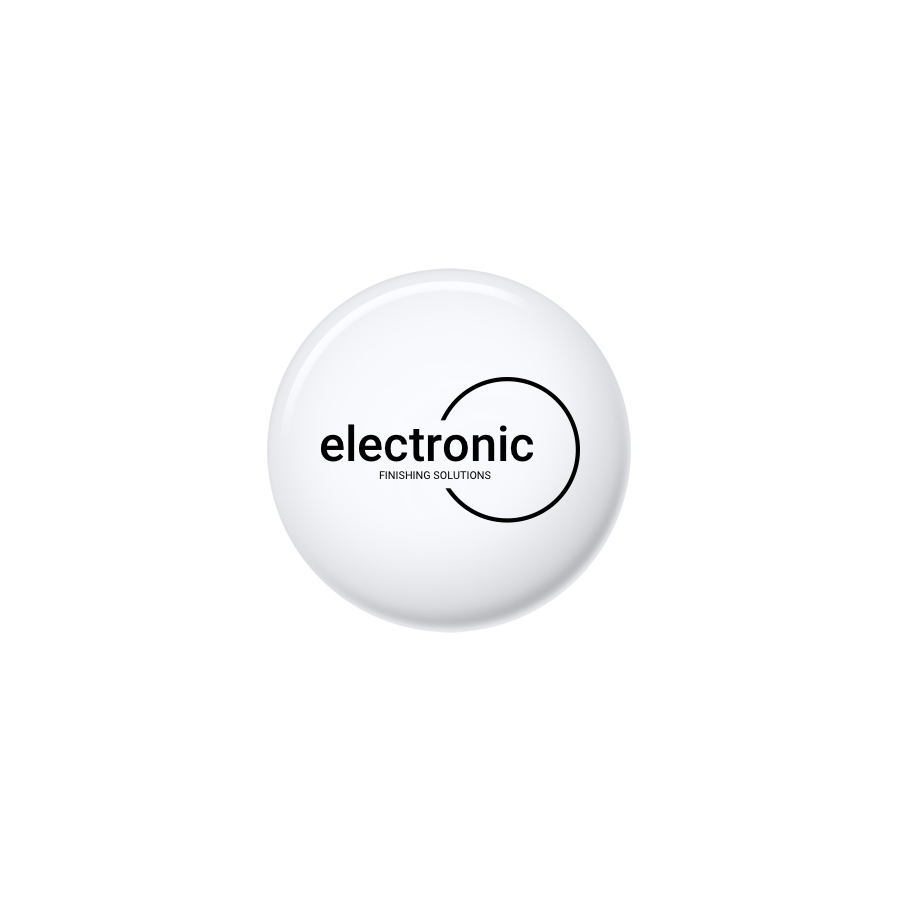Navigating the Business Gift Tax Landscape

Understanding the tax implications of business gifts can be tricky. For businesses wanting to both maximize tax benefits and build strong client relationships, it's crucial to understand the ins and outs of deductible business gifts. This means knowing what the IRS considers a deductible gift and what falls under other expense categories. This knowledge helps businesses use gifting strategically for both relationship building and financial gain.
Decoding Deductible Business Gifts
A deductible business gift is something given to a client or business associate to foster goodwill or strengthen a relationship. But, not every present qualifies for a tax break. The IRS has specific rules about which gifts are deductible and how much you can deduct. For instance, gifts clearly promoting your business, like branded swag, might have different tax implications than a gift without any branding.
The Infamous $25 Limit
The $25 limit is central to business gift tax deductibility. Generally, you can only deduct up to $25 for business gifts given to any one person during the tax year. This limit has been in place since 1962 and hasn't been adjusted for inflation. This presents a challenge for businesses, as the buying power of $25 has significantly decreased.
If you give a client a gift worth $100, only $25 of that is deductible. There are some exceptions, though. Gifts to a business entity or incidental costs, like engraving, gift-wrapping, or shipping, aren’t subject to the $25 limit. This nuance highlights the importance of understanding all the regulations. Learn more about getting around the $25 deduction limit for business gifts here.
Documentation for Deductibility
Keeping good records is crucial when claiming business gift deductions. Thorough documentation supports your claims and helps avoid problems during an audit. Key information to track includes:
- Date of the gift: When the gift was given.
- Description of the gift: What was given.
- Cost of the gift: The exact purchase price.
- Recipient's name and business relationship: Who received the gift and their connection to your business.
- Business purpose of the gift: How the gift serves a legitimate business purpose.
This meticulous record-keeping helps ensure your business gifts comply with IRS regulations, protecting you from potential penalties and maximizing your tax benefits. Careful documentation allows you to justify your gifting strategy and the related deductions. By understanding these basic principles, businesses can successfully navigate the complexities of business gift tax deductions and achieve optimal tax outcomes.
Maximizing Deductions Across Gift Categories

Not all business gifts offer the same tax advantages. Understanding these nuances is key to optimizing your gifting strategy and maximizing your tax deductible benefits. This involves carefully considering the type of gift, its cost, and how it aligns with IRS guidelines. This careful approach can significantly impact your bottom line.
Understanding Gift Classifications
The IRS differentiates between various types of gifts, each with specific deductibility rules. This distinction is essential for accurate tax planning. For example, a seemingly simple gift basket might have different tax implications than a branded promotional item.
Businesses often use gifts to cultivate relationships with clients and employees. Tangible gifts like gift baskets are usually deductible up to $25 per client annually. However, cash and gift cards are treated as income for the recipient and aren't deductible as gifts.
Promotional items, such as pens or calendars costing under $4 and widely distributed, can be fully deductible as advertising expenses, not personal gifts. Explore this topic further here. This careful categorization ensures you're applying the correct deduction strategy.
To help illustrate these differences, let's take a look at the following table:
Business Gift Deductibility by Type
Comparison of different gift types and their tax deductibility status
| Gift Type | Deductible Amount | Classification | Special Considerations |
|---|---|---|---|
| Gift Basket | Up to $25 per client per year | Gift | Subject to the $25 annual limit per client. |
| Cash or Gift Card | $0 | Income for Recipient | Not deductible as a gift. |
| Promotional Item (e.g., Pen, Calendar) | Fully Deductible (if under $4 and widely distributed) | Advertising Expense | Must be branded and not tied to a specific business transaction. |
| Branded Apparel/Tech Gadget | Potentially Fully Deductible | Advertising/Promotional Expense | If given for advertising purposes, not tied to a specific transaction. |
As this table shows, understanding the IRS classification for each gift is critical for proper deduction. Misclassifying a gift can lead to inaccurate deductions and potential issues with the IRS.
Promotional Items vs. Gifts
Promotional items offer a distinct tax advantage. Items like branded apparel or tech gadgets, if given for advertising and not tied to a specific business transaction, may be fully deductible. This contrasts with standard business gifts, which face the $25 limit. Successfully differentiating between these categories can greatly enhance your tax savings.
For example, gifting a client a $200 Bluetooth speaker with your company logo prominently displayed could be fully deductible as a promotional expense. However, giving the same speaker as a thank-you for a specific deal would likely fall under the $25 gift limit. This subtlety highlights the importance of intent and presentation.
Navigating Digital Gifts and Experiences
The rise of digital gifts and experiences presents unique tax considerations. While gift cards are generally treated as cash equivalents, subscriptions to services or tickets to events might offer more flexibility if tied to a clear business purpose. Understanding how these non-traditional gifts are categorized is essential for tax optimization.
For instance, gifting a client a one-year subscription to industry-specific software can be a powerful business development tool. Documenting how this subscription benefits both parties helps justify it as a business expense, potentially allowing for a larger deduction. Similar logic applies to experiences like conference tickets or training sessions.
Optimizing Your Gifting Strategy
To maximize tax deductible benefits, meticulous planning and documentation are crucial. Creating a comprehensive gifting strategy that considers both relationship-building and tax implications ensures that your generosity translates into tangible financial advantages.
By classifying gifts correctly, understanding IRS regulations, and keeping detailed records, businesses can use gifting to enhance client relationships while reducing their tax burden. This strategic approach is vital for smart financial management.
Breaking Through the $25 Deduction Ceiling

The $25 deduction limit on business gifts has remained unchanged since 1962. However, savvy businesses are finding ways to maximize their tax-deductible business gifts through legitimate strategies. This involves a deep understanding of tax code nuances and a well-planned gifting strategy. By understanding these strategies, you can get the most out of your budget.
Strategic Timing and Structuring
Timing and structure are key to maximizing deductions. For instance, instead of one $50 gift, consider two separate $25 gifts given at different times. This allows you to deduct the full $50, as opposed to just $25.
Additionally, structuring your gifts towards a business entity, rather than an individual, can often bypass the $25 limit. This is because gifts to businesses are generally not subject to the same individual gifting restrictions.
Leveraging Exceptions and Incidental Costs
Specific exceptions can significantly affect your deductions. Incidental costs, like engraving, gift-wrapping, or shipping, are not part of the $25 limit.
This means a $30 gift with $10 in engraving costs results in a $25 deduction for the gift and a separate $10 deduction for engraving—totaling $35 in deductions. Utilizing these exceptions can lead to substantial savings. These often-overlooked aspects are vital for maximizing tax benefits.
Addressing Common Misconceptions
Many businesses misunderstand business gift tax deductibility. This can lead to missed deductions or over-claiming, potentially triggering audits.
One common mistake is assuming all business-related gifts are deductible. Gifts given for personal reasons, even to a client, are not deductible. Another misconception is that the $25 limit applies to all promotional items. Items like branded pens or calendars, or custom-branded Apple AirPods from Electronic Finishing Solutions under $4 given widely, are fully deductible as advertising expenses. This important distinction can significantly impact your promotional gifting strategy.
Practical Applications for Maximizing Deductions
Smart businesses combine these strategies to optimize their gifting. For example, a company gifting custom-engraved Sonos speakers. By collaborating with a company like Electronic Finishing Solutions, businesses can explore options to fully deduct engraving costs, boosting their overall deduction even if the speaker itself is subject to the $25 limit.
Another strategy involves the timing of gifts. Spreading gifts throughout the year, rather than concentrating them around the holidays, helps maximize deductions within the $25 per-person limit. Careful consideration of these factors balances generosity with tax efficiency. These examples demonstrate how strategic planning can reshape your business gifting approach.
When Is a Gift Not Actually a Gift? Tax Classification Mastery

The IRS meticulously categorizes different types of expenses. Understanding these distinctions is essential for maximizing tax deductions for business gifts. Even a seemingly minor difference in how an item is presented can significantly alter its tax treatment. This means something you intend as a gift might be classified differently, affecting your deductions.
The Blurred Lines of Gifting
Distinguishing between business gifts, marketing materials, and entertainment expenses can be tricky. For instance, a branded water bottle distributed at a trade show might be fully deductible as a promotional item. But giving that same water bottle to a client as a thank-you gift after closing a deal would likely fall under the $25 gift limit.
This subtle change in context drastically alters the tax implications. Furthermore, expenses like tickets to sporting events or concerts are classified as entertainment expenses, which are subject to entirely different deduction rules. These nuances highlight the complexity of the tax code.
Promotional Products vs. Personal Gifts: The Deciding Factors
Tax professionals use specific criteria to categorize expenses. A primary factor is whether the item serves a clear business purpose, directly related to advertising or promotion. Another key consideration is the distribution method of the item.
Items prominently featuring your company logo and given to a large number of people are generally considered promotional products. Conversely, expensive, personalized gifts given to a small group of select clients are usually subject to the $25 business gift deduction limit. Grasping these criteria is essential for accurately classifying expenses.
Maximizing Deductions Through Strategic Classification
Businesses can strategically categorize expenses to optimize tax savings. For example, custom-branded Apple AirPods from Electronic Finishing Solutions distributed to potential clients at a conference could be categorized as promotional items, potentially making them fully deductible. Giving those same AirPods to a long-time client as a holiday gift, however, might subject them to the $25 limit.
This difference emphasizes the importance of evaluating both the item itself and the context in which it is given. Savvy businesses recognize these subtle yet significant differences. The financial implications of business gifting, especially the cumulative effect over time, can be substantial. A business gifting to 100 clients could have a $2,500 annual deduction. This seemingly small amount can add up and significantly contribute to overall business expenses. Beyond the immediate tax benefits, gifts can cultivate client loyalty and retention, providing long-term financial advantages. Learn more about deductible client gifts here.
The Impact of the Tax Cuts and Jobs Act
The Tax Cuts and Jobs Act (TCJA) significantly altered the landscape of entertainment expense deductions. Previously partially deductible, entertainment expenses are generally no longer deductible. The TCJA, however, did not directly affect the rules governing deductions for business gifts.
Therefore, understanding the distinctions between gifts, promotional items, and entertainment expenses is more critical than ever. Proper classification ensures you're maximizing available deductions while remaining compliant with IRS regulations. This proactive approach is vital for maintaining financial stability and understanding these nuances can substantially impact your bottom line.
Strategic Gifting: Employees vs. Clients
The tax implications of business gifts hinge on the recipient. Gifting to employees is quite different from gifting to clients according to the IRS. Let's explore these different regulations and how businesses can use them to their advantage.
Employee Gifts: Recognition vs. Compensation
Employee gifts are a great way to show appreciation. However, it's important to understand the difference between tax-deductible gifts and taxable compensation. De minimis gifts, meaning small and infrequent, are generally not taxable to the employee.
Think of a small gift basket for a birthday or holiday. Company swag, like a branded water bottle, is another good example. These likely qualify as de minimis.
However, cash, gift cards, and large gifts are generally considered taxable compensation. These are subject to income tax withholding and payroll taxes, just like regular wages. For example, a $100 gift card is considered income for the employee and is not deductible as a business gift expense. Proper documentation is key. This helps distinguish a gift from a bonus.
Client Gifts: Fostering Goodwill
Client gifts have a $25 deduction limit per client, per year. This means only $25 of the gift's value is tax deductible, regardless of the actual cost. There are some exceptions. Incidental costs, like engraving, shipping, or gift-wrapping, aren't subject to this limit. Services like engraving can be provided by companies like Electronic Finishing Solutions.
Gifts given to a business as a whole, instead of a specific person, may not be subject to the $25 limit. This is especially helpful for large corporate gifts. These nuances offer opportunities for maximizing deductions.
Navigating Other Recipient Categories: Contractors, Vendors, and More
Gifts to people outside the typical employee or client categories, like contractors or vendors, often raise questions. These relationships need careful thought, as the tax implications can differ. Generally, the same principles apply. Gifts should have a legitimate business purpose, and their value should be reasonable.
Documenting the business relationship and the reason for the gift is crucial. For example, if you give a vendor a gift basket at the end of the year, document their contributions and how the gift relates to their service. This thorough record-keeping can be helpful during an audit.
Timing and Presentation: Maximizing Impact and Deductions
Smart timing and presentation can optimize the tax treatment of business gifts. For client gifts, spreading them throughout the year, instead of concentrating them around the holidays, helps stay within the $25 deduction limit.
Presenting gifts as promotional items, rather than personal gifts, can potentially make them fully deductible. For example, giving custom-branded Apple AirPods at a conference from a provider like Electronic Finishing Solutions might be considered a promotional expense, not a business gift. These distinctions are important for maximizing your deduction potential.
Let's summarize the key differences in tax treatment between client and employee gifts in the following table:
Client vs. Employee Gift Tax Treatment
Comparison of tax implications for gifts to different recipient types
| Recipient Type | Deduction Limit | Tax Treatment | Documentation Required |
|---|---|---|---|
| Client | $25 per client per year (excluding incidentals) | Deductible as a business expense, subject to the $25 limit | Date, description, cost of gift, recipient information, business purpose |
| Employee | No limit for de minimis gifts; taxable compensation for cash, gift cards, and large gifts | De minimis gifts are non-taxable; others are treated as wages | Date, description, cost of gift, recipient information, reason for gift (if not de minimis) |
Understanding these differences and creating a strategic gifting plan allows businesses to show appreciation effectively while maximizing tax benefits.
Building an Audit-Proof Gift Documentation System
Proper documentation is essential when claiming tax deductions for business gifts. Even legitimate expenses can be disallowed during an audit if your paperwork isn't in order. This can result in significant financial setbacks. This section will guide you through building a robust documentation system to protect your deductions and simplify your record-keeping.
Essential Elements of Gift Documentation
What does the IRS consider adequate proof? Discussions with seasoned tax professionals highlight several key details that should be consistently recorded for every business gift. These details paint a clear picture of the transaction and its purpose.
-
Recipient Information: Record the recipient's full name, title, company, and business address. This establishes the business relationship between you and the gift recipient.
-
Gift Description: Provide a clear and concise description of the gift. Instead of writing "gift basket," specify the contents, like "gourmet food basket containing cheeses, crackers, and fruit."
-
Date Given: Note the exact date the gift was given. This is crucial for linking the gift to specific business events or interactions.
-
Gift Cost: Document the exact cost, including the item's price and any incidental costs such as engraving, gift-wrapping, or shipping.
-
Business Purpose: Clearly explain how the gift relates to your business. This is arguably the most important detail. Did the gift follow a successful business deal, celebrate a milestone, or cultivate a new client relationship? Be specific!
Creating an Efficient Tracking System
Maintaining detailed records doesn't have to be complicated. Several systems, both digital and traditional, can streamline this process.
-
Spreadsheet Software: A simple spreadsheet can effectively track all the necessary details. Dedicated columns for each data point make organization and retrieval easy.
-
Dedicated Software: Several software programs specialize in expense tracking, including business gifts. These programs often offer features like automated reporting and integration with accounting software.
-
Physical Logbook: A physical logbook can still be useful, especially for smaller businesses with fewer gifts to track.
Choosing the right system depends on your business size and the number of gifts you typically give. Regardless of the chosen system, consistent use is key.
Documentation Templates and Real-World Examples
Simplify the process by using a template to record gift information. This ensures all necessary details are captured every time. Reviewing real audit scenarios where good record-keeping prevented disallowed deductions can also provide valuable insights. These examples demonstrate the practical importance of detailed documentation.
Record Retention: How Long to Keep Records
Knowing what to document is only half the battle. Knowing how long to keep those records is equally important. The IRS generally recommends keeping tax records for three years from the filing date. However, keeping records for six years is often advisable, as the IRS has a longer timeframe for audits in certain situations.
Streamlining Access for Audits
Organize your records for quick access during an audit. This might involve categorizing gifts by recipient, date, or business purpose. A well-organized system reduces stress and demonstrates compliance during an IRS inquiry.
For high-quality, customizable business gifts, consider partnering with Electronic Finishing Solutions. They specialize in custom-branded electronics from brands like Apple, Sonos, and Bose, making your business gifts memorable and tax-smart. They can help you create gifts that strengthen relationships while you maintain impeccable records.



